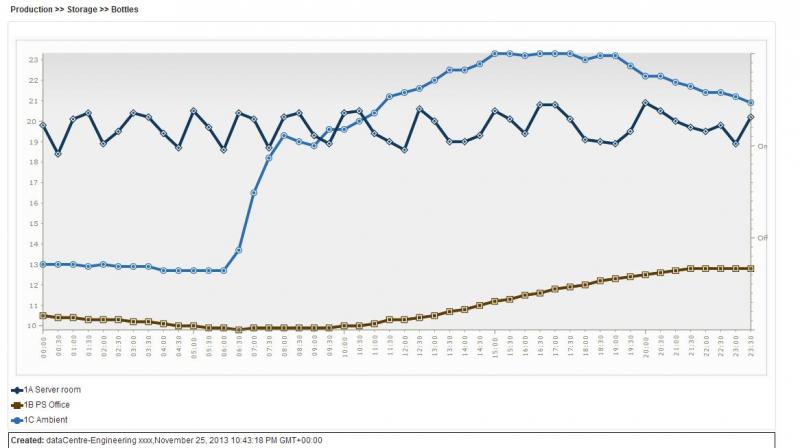Hi,
I wonder if someone can give me some quick advice, I have just replaced old Drayton Digistat 1 which decided to give up the ghost with a new Digistat 3+ and have noticed something weird with the new thermostat.
It appears that when the temperature is rising with the demand on that the thermostat sometimes switches off the demand 1c - 2c before the programmed temperature is reached. Say the program is set for 16c then sometimes the demand will be switched off at 14.5c - 15.5c and say the demand was 21c the unit sometimes switches off at 19.5-20.5c.
The Worchester 27CDi has no controller of its own and is wired directly to the Digistat 3+ to handle the on/off of the central heating. The old Digistat seemed to be more accurate than the new 3+ which "supposedly" measures to 0.1 of a degree. The actual temperature displayed on the unit seems very accurate to other thermometers as I wanted to check the display was "actual" what the temperature was so that does not seem to be the issue.
Is this normal tolerance, a "known" issue with the software or something which is a fault?
There is a temperature offset function in the menu's but that is currently disabled.
Cheers,
Mike
I wonder if someone can give me some quick advice, I have just replaced old Drayton Digistat 1 which decided to give up the ghost with a new Digistat 3+ and have noticed something weird with the new thermostat.
It appears that when the temperature is rising with the demand on that the thermostat sometimes switches off the demand 1c - 2c before the programmed temperature is reached. Say the program is set for 16c then sometimes the demand will be switched off at 14.5c - 15.5c and say the demand was 21c the unit sometimes switches off at 19.5-20.5c.
The Worchester 27CDi has no controller of its own and is wired directly to the Digistat 3+ to handle the on/off of the central heating. The old Digistat seemed to be more accurate than the new 3+ which "supposedly" measures to 0.1 of a degree. The actual temperature displayed on the unit seems very accurate to other thermometers as I wanted to check the display was "actual" what the temperature was so that does not seem to be the issue.
Is this normal tolerance, a "known" issue with the software or something which is a fault?
There is a temperature offset function in the menu's but that is currently disabled.
Cheers,
Mike


